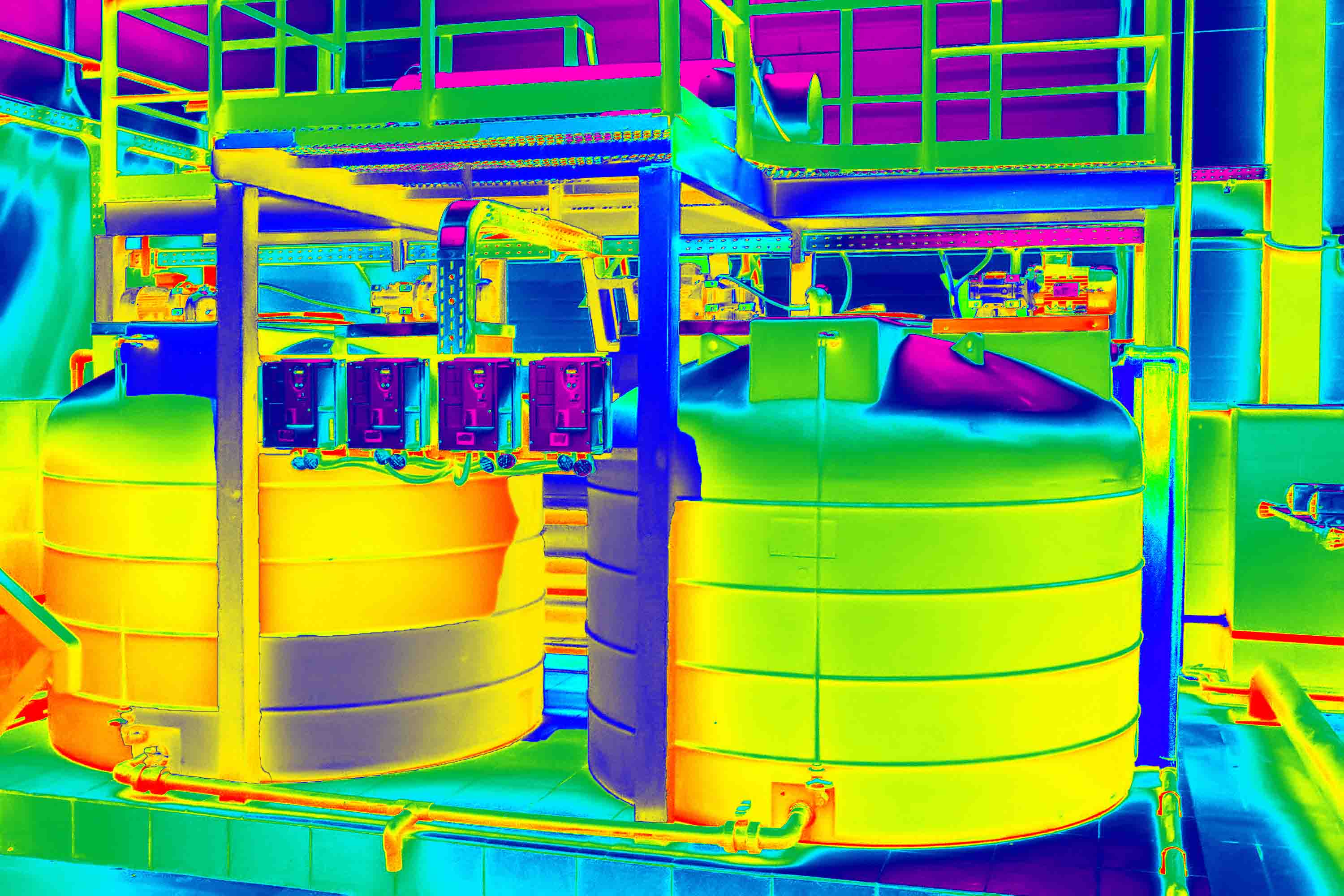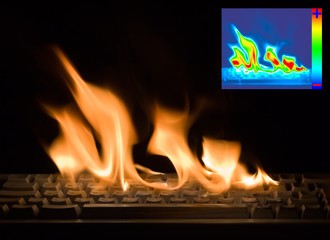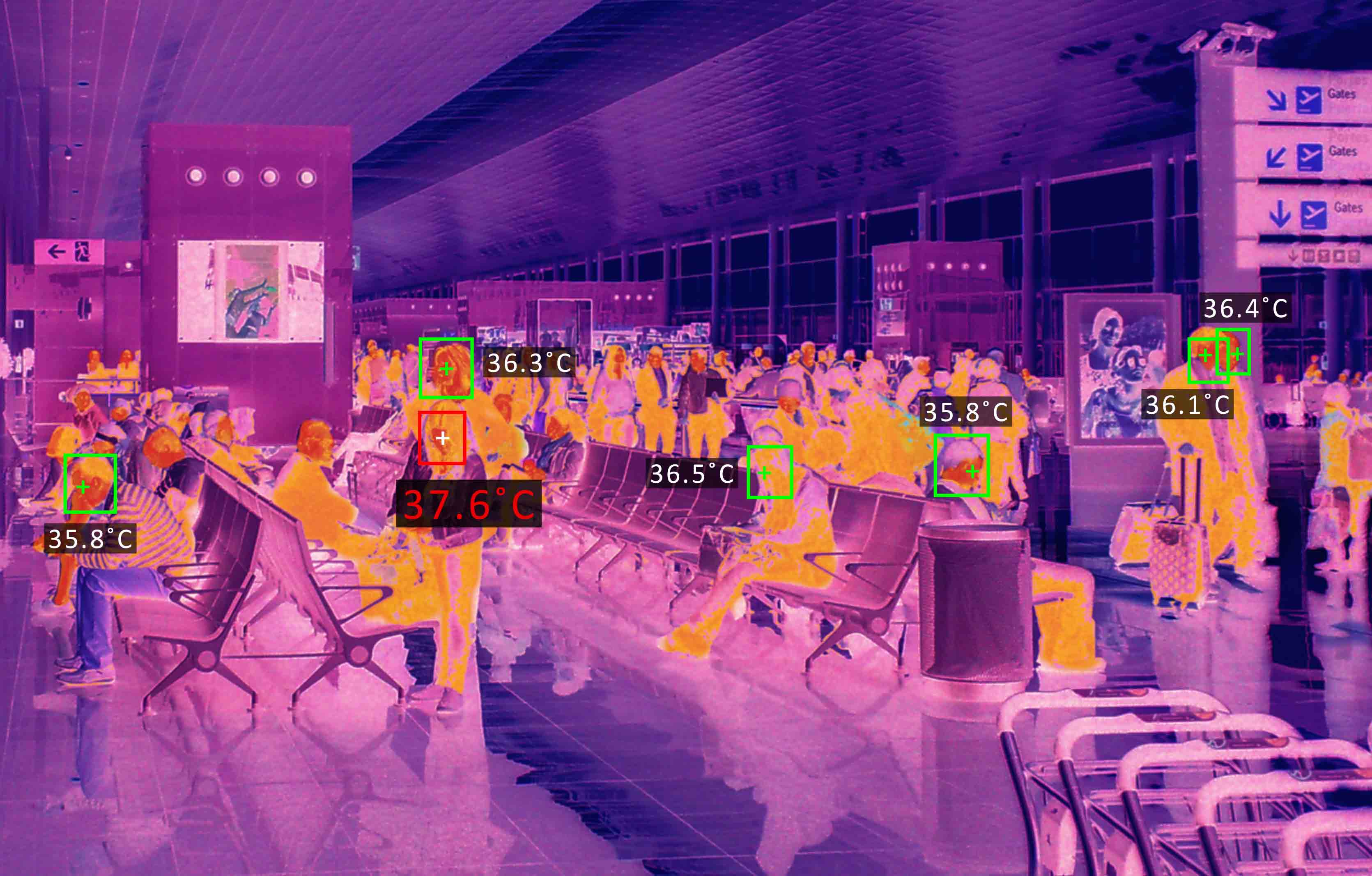Applications in (civil) security and defense always require a maximum of complexity and reliability. The business unit Space and Security of Fraunhofer IMS counters these steadily growing demands and expectations of its customers with state of the art and innovative MEMS technologies (“micro-electro-mechanical systems“) resulting in flexible, future-proof and reliable customer applications with focus on optical sensors for observation and surveillance of critical infrastructures.
As one of those cutting-edge and forward-looking technologies within the business unit Space and Security of Fraunhofer IMS, the IRFPA technology based on microbolometers allows for passive observation, detection and surveillance of people or objects by means of uncooled IR imaging methods. In this context, passive advantageously means that no active illumination of the scenery is required since, according to Planck’s law, people or objects emit IR radiation themselves.
Depending on individual, customer-specific demands, either MWIR („mid wave infrared“) with wavelengths ranging from 3 µm to 5 µm or LWIR („long wave infrared“) with wavelengths ranging from 8 µm to 14 µm can be chosen as the wavelength range of choice for applications in (civil) security and defense.




